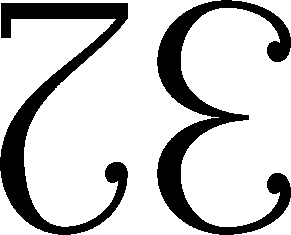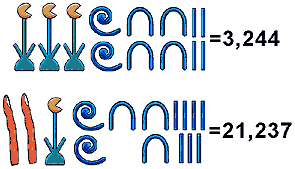So now we have come to the end of our maths journey, and I can honestly say that I have enjoyed this module very much. It makes you think of maths and everyday life in a different way. I think everyone would agree that maths plays a huge role in life, however, through this module we have seen just the extent of maths in places you would not imagine, and in many extraordinary ways. I have seen the whole class at points in this module confused, astounded and most of all in awe and wonder of the maths we are being shown.
enjoyed this module very much. It makes you think of maths and everyday life in a different way. I think everyone would agree that maths plays a huge role in life, however, through this module we have seen just the extent of maths in places you would not imagine, and in many extraordinary ways. I have seen the whole class at points in this module confused, astounded and most of all in awe and wonder of the maths we are being shown.
The main text through this module has been Liping Ma’s (2010) book ‘Knowing and Teaching Elementary Mathematics’, which describes 4 main principles in having a Profound Understanding of Fundamental Mathematics: “Basic Ideas, Connectedness, Multiple Perspectives and Longitudinal Coherence” (p122). At the beginning of this module, these principles meant nothing to me, however, now I feel I have a good understanding behind them, and can identify them in real life through the inputs we have had.
Basic Ideas is where even the most complex maths has some simple mathematical principles at the heart of it. For example, the ability to add negative numbers has the basic principle of adding, however, the even simpler principle of a number line and knowing that negative numbers come before 0. While adding negative numbers is a higher order skill coming later in the maths curriculum, the basics of number lines are taught even before a child starts school.
Connectedness is where maths ideas are connected together. For example, being able to multiply, contains the ability to add as multiplying is just repeated adding. Knowing this connection between the two allows children to grasp the underlying principles behind what they are doing which, Ma argues, allows them to have a more solid understanding.
Multiple Perspectives is the ability to see how to solve a problem from different angles. For example, when solving 7+9+13 you could complete the sum in that order, or you could add 7 and 13 first, making the sum easier. Being able to comprehend that problems can be solved different ways allows you to choose the best one, making problems easier.
Longitudinal coherence is looking at the development of skills, described by Ma using the progression of the curriculum. When looking at measuring, children start by learning weights or lengths and what they look/feel like. They can then move on to learning about comparing objects and then converting units. This progression is linear, therefore describing longitudinal coherence.
As a result of this module, I find myself thinking more mathematically about life. At work, eating lunch, even putting up Christmas decorations I find myself considering the mathematical concepts involved. While I would not say that I understand every element of complex mathematics that I have been taught, I would say that the module has taught me things about maths that I had never thought about before, and has made me see life in a new way. A mathematical way.
References
Ma, L. (2010) Knowing and Teaching Elementary Mathematics. (Anniversary edn). Routledge. Oxon.



























